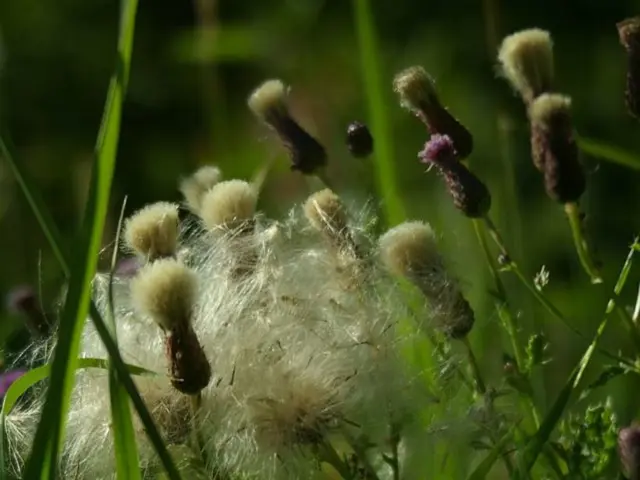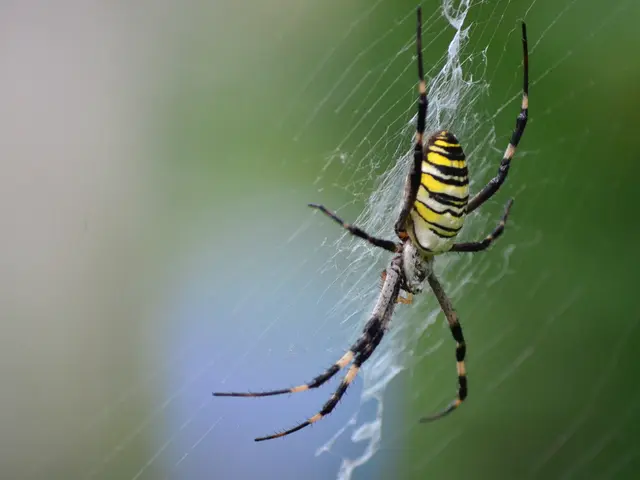Saving Those Rosy Berries: Protecting Strawberry Crops from Frost Bites
Protecting the Bloom of Strawberries from Spring Frosts
Springtime surprises often take a toll on your strawberry patch. Even after a spell of warm weather, a sudden cold snap can roll in and ruin your harvest. Here's how to shield your strawberries from the chilly nights.
Five Strategies to Safeguard Your Spring Berries
1. Drenching Delight
- What: Moist soil retains heat better than dry soil.
- How: Water strawberry beds generously during the day, especially when frost is predicted.
- Benefit: The heat retained in the moist soil will keep nighttime temperatures from plummeting.
2. Warmed Wrap
- What: Layer of straw, hay, or wood chips.
- How: Mulch the strawberry beds to add an insulating layer and help retain heat at night.
- Benefit: Mulch helps maintain warmth and moisture levels, protecting roots and crowns.
3. Sleep Tight, Strawberry Style
- What: Row covers or frost blankets.
- How: Drape them over strawberry beds before frost sets in, secure with soil, rocks, or stakes to keep them snug.
- Benefit: These covers can raise the temperature around plants by 2-5°F, minimizing frost damage.
4. Splash of Winter Magic
- What: Overhead watering or a fine mist of water.
- How: Water plants just before frost sets in to release latent heat, protecting plant tissues.
- Benefit: This method keeps blossoms and fruit from freezing, even at temperatures near the critical frost level.
5. Ground Heat Beacon
- What: Wind machines or fans.
- How: Circulate warmer air above crops to avoid cold air settling close to the ground.
- Benefit: Mixes warmer air with colder air, raising the temperature around crops.
Practical Plant Prep
- Plant in well-drained soil and on slopes or elevated areas to avoid frost pockets.
- Prune plants for improved airflow and better resilience.
Take a peek at the table below for a quick overview of each method:
| Method | How it Works | Pros | Cons ||---------------------|-----------------------|----------------------------|----------------------------|| Row Covers | Traps heat | Easy, inexpensive | Labor-intensive, needs removal || Mulching | Insulates soil & roots| Cheap, improves soil quality| May harbor pests if excessive || Overhead Irrigation | Releases latent heat | Effective for blooming plants| Needs water source and care || Wind Machines | Circulates warm air | Good for large areas | Expensive, energy-intensive || Heaters | Emits heat | Effective | Costly, fuel consumption || Site Selection | Avoids frost pockets | No cost | Limited to certain locations |
When frost threatens, keep an eye on the forecast, combine methods for optimal results, and remove covers during the day to prevent overheating under the sun. With these tips, you'll have a healthy, productive strawberry patch! If you'd like more detailed guidance, feel free to ask.
In addition to the methods mentioned for safeguarding your strawberries, you might also wish to consider news and tips related to lifestyle and home-and-garden categories that can further help protect your garden. For instance, some news articles focus on gardening techniques specifically designed to thrive in cooler temperatures, providing insight on the best choice of strawberry varieties for your region. Additionally, lifestyle magazines often feature practical advice on setting up efficient watering systems, which can optimizeyour strawberry patch's irrigation and supplement overhead watering during frost threats.








